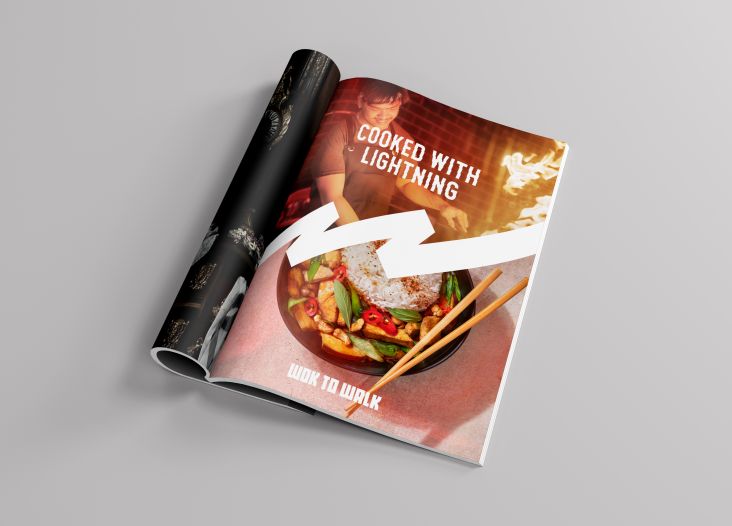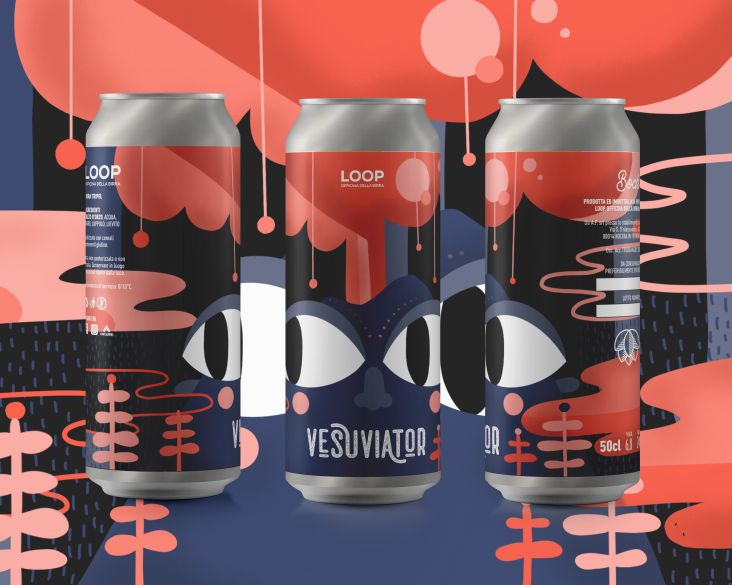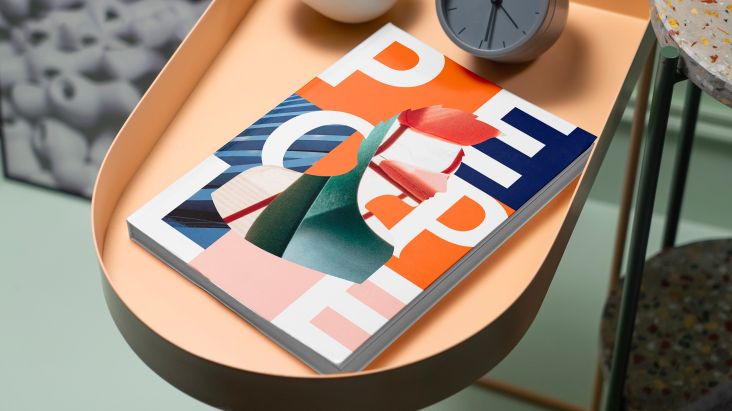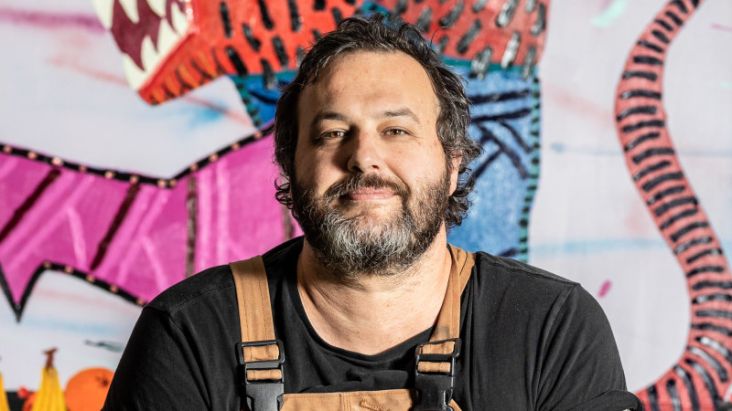From busking portrait painter to full-time artist: inside the work of Nash Weerasekera
Having moved from Sri Lanka to Melbourne, illustrator, painter and author Nash Weerasekera is used to seeing the world a little differently. We caught up with him to learn more about his work and how a healthy dose of cynicism can be a good thing.
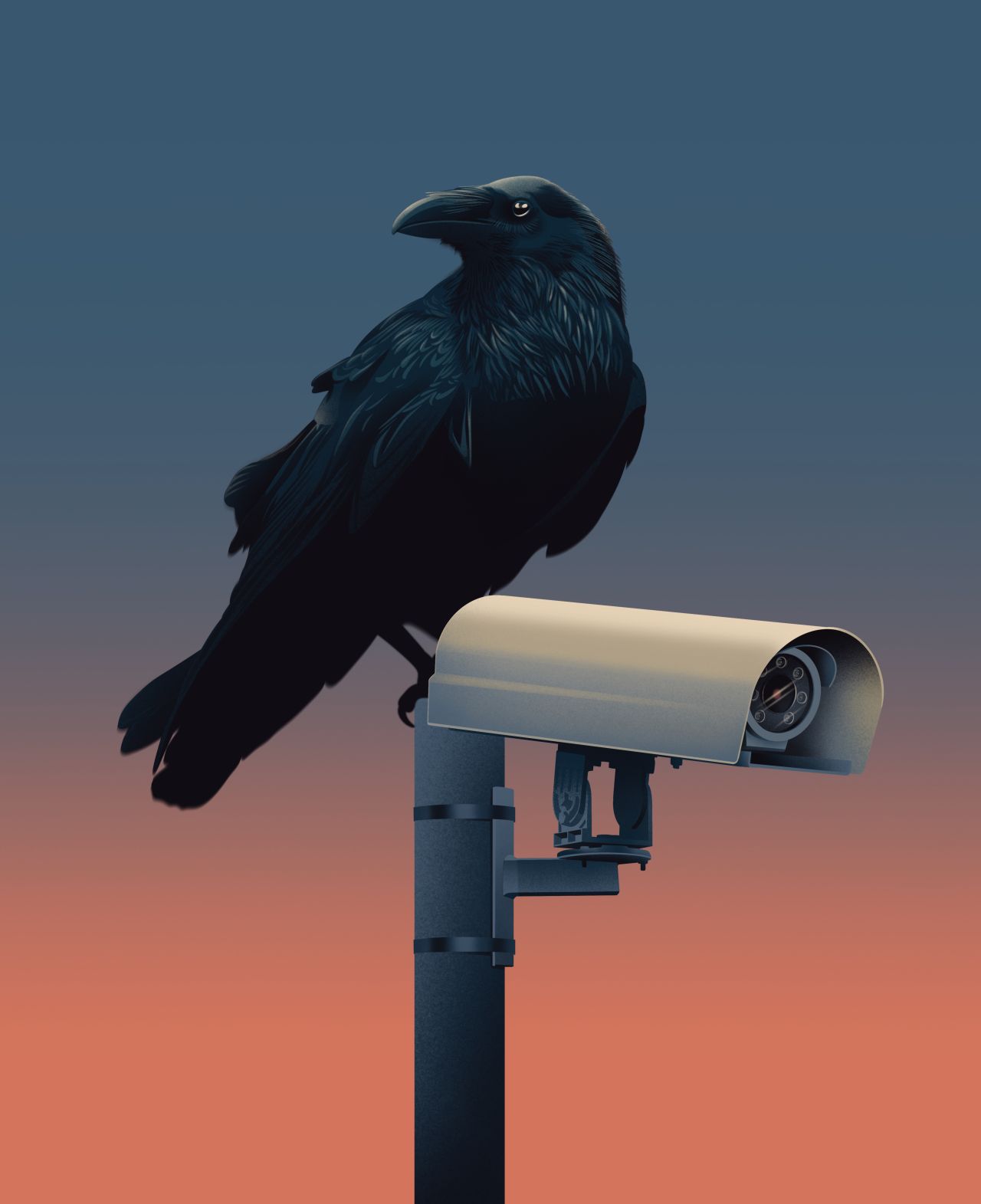
It's been an eventful couple of years for Nash Weerasekera. Having moved to Australia to study architecture at RMIT, he's gone from mixing drinks as a bartender who painted people on the street in his spare time to working as a full-time illustrator and painter represented by The Jacky Winter Group.
This would be an impressive trajectory for any artist, but Nash's change of fortune is even more notable because he is entirely self-taught. "I started off drawing in the backs of school books in Sri Lanka, although I didn't officially study art in school or elsewhere," he tells Creative Boom. Instead, Nash honed his craft by getting involved with the street art scene in Sri Lanka and Melbourne.
"It wasn't until the pandemic started (and I became an out-of-work bartender) that I picked up digital illustration seriously," he adds. After his illustration portfolio went through a few iterations – helped partly by all the time he had to kill during lockdown – Nash fired it off to the Jacky Winter Group, who happily snapped him up.


Since then, Nash has worked as a full-time artist and illustrator. It's not hard to see why. His crisp illustration style and masterful use of soft colours combine the aesthetics of artists who inspire him – notably Félix Vallotton's woodcuts, Yves Chaland's graphic novels, and the detailed work of J. C. Leyendecker - with a knack for condensing complex ideas into a single image.
"I often experiment with different styles and colour palettes that I find appealing," Nash reveals. "Through this process of experimentation, I find what works for me in terms of efficiently translating my ideas. I would hope that in a year from now, I will be able to build on my existing 'style' and develop it further."
To get the best insight into how he works, Nash recommends looking at his editorial illustrations, which have appeared in publications such as Guardian Australia. These usually require Nash to read either drafted or completed copy, maybe even conduct some extra research, and then crystalise the subject matter into one distinctive image.
"I have learnt to identify the major themes or keywords while researching, which are often the most effective way of communicating the idea," he explains. "I then create rough concept illustrations that try to capture many of the themes mentioned in the articles.
"Based on the concept sketches, I can see which of the illustrations work the best (sometimes it might be a case of combining two of the roughs). The tight deadlines for editorial work mean all the decision-making needs to be done swiftly, and I've realised that I work best when making these choices at that pace. This is the same process I use to create my personal work as well."


This attentiveness reflects the care and consideration that Nash puts into his work, but on Instagram, he chooses to define himself as a cynic. It's a character trait he puts down to having grown up in Sri Lanka during the latter stages of the civil war, where self-serving politicians made poor decisions that led to the country's current economic crisis.
"When I moved to Australia from Sri Lanka to study, I didn't have any immediate family or friends here," he adds. "The initial 'culture shock' of being the 'other' in a Western society meant I had a feeling of apprehension. I'd describe the feeling like an alien randomly landing somewhere on Earth and not being able to trust the 'normal' processes of the society."
This outlook found its way into Nash's artwork because he discovered that he didn't take anything 'normal' for granted. "I spent a lot of time observing the society around me, which provided a wealth of inspiration. This, in turn, has led to work that comments on or highlights these aspects."
Far from being a negative outlook, though, Nash sees cynicism as a good thing to have – so long as it's at a healthy level. "Being able to use my work to highlight or bring attention to injustices is one productive aspect of cynicism. Being cynical of something also leads to me researching or trying to understand a subject, which could indirectly lead to inspiration or at the very least justify or refute my initial cynicism."
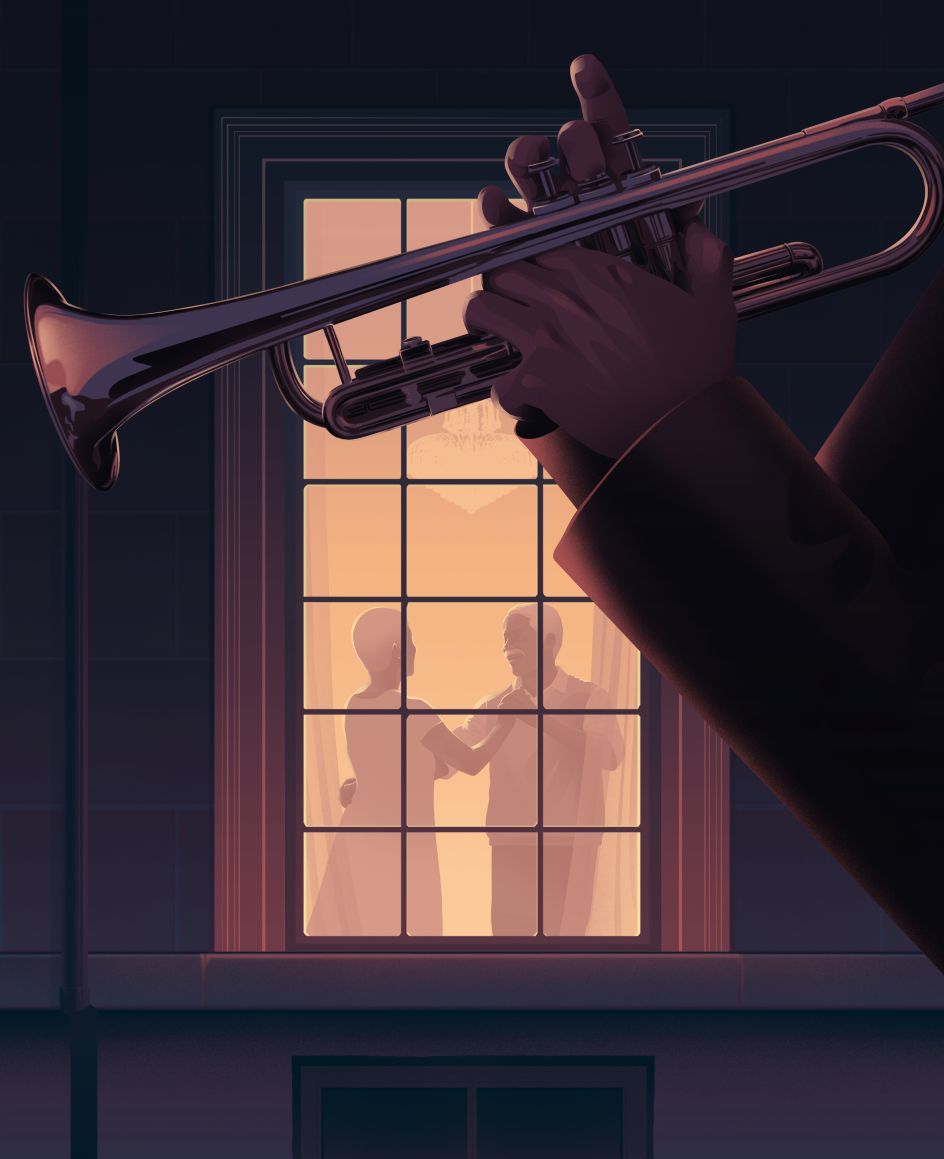
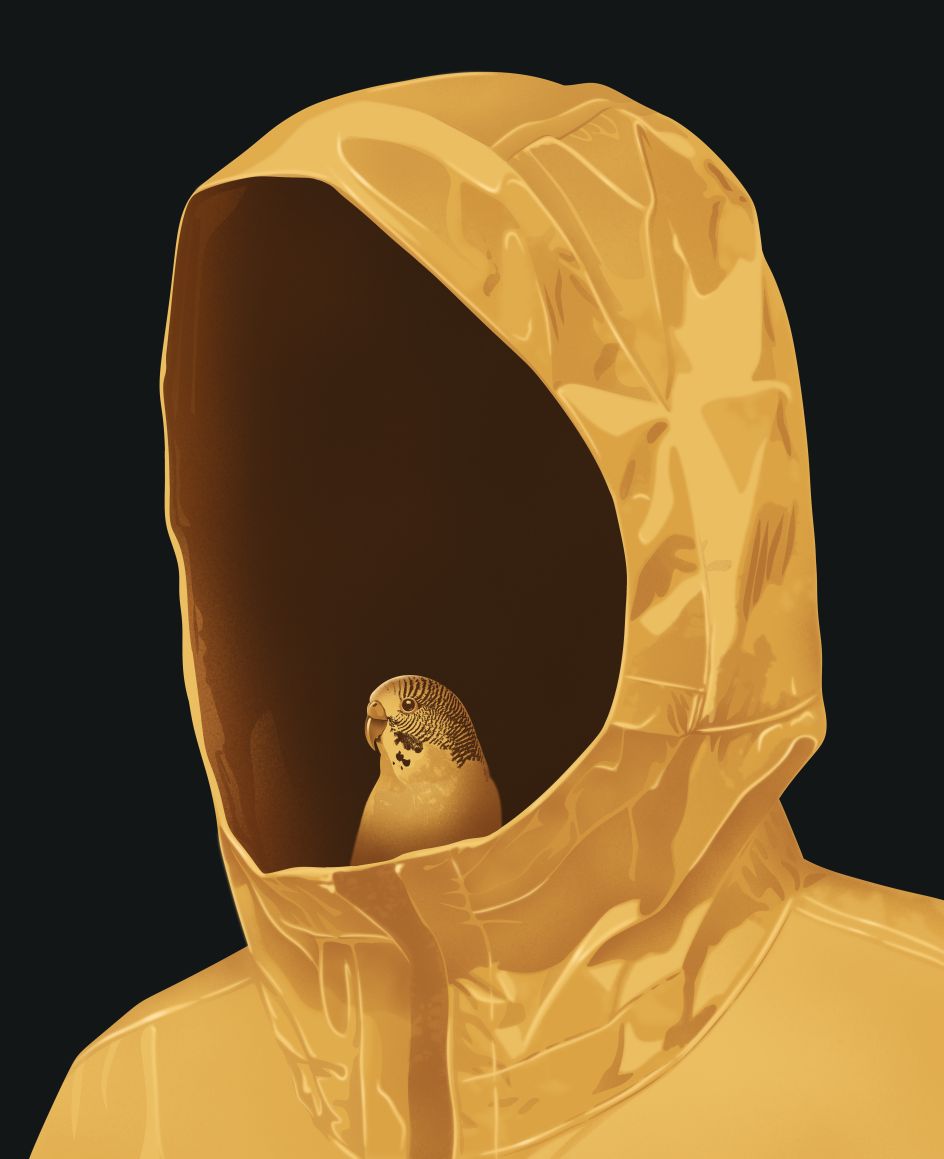

Another key ingredient of Nash's style is his background in studying architecture. It was here that Nash first started using apps like Photoshop and Illustrator, which allowed him to get a taste for the endless possibilities of creating art digitally.
"The architectural design studios tasked me with finding inspiration from media, various demographics, geography, and things like that. And translating these elements into a design definitely helped me in terms of developing conceptual thinking."
When he's not working on projects for clients, Nash also creates personal pieces. These include a book titled What To Expect When You're Immigrating, which documents the bureaucratic hurdles he encountered when trying to get a visa. "It made me reflect upon the journey of moving to the West and adapting to a foreign country and culture while still trying to be true to yourself.
"I would describe it as a guide for new immigrants on what they might experience in the new society, as well as allowing the society to better understand the immigrant experience using humorous illustrations as the conduit for the message."

With so many projects in the works, both professionally and personally, how does Nash juggle everything? "With a lot of caffeine," he jokes. "But more seriously, I find that alternating between professional and personal projects allows me to enjoy both and be more productive. Whenever I am stuck or at a loss for ideas with one, working on the other usually helps me find inspiration."
Nash will be putting this admirable work ethic to the test with his upcoming projects: a pair of picture books, one professional, one personal.




 by Tüpokompanii](https://www.creativeboom.com/upload/articles/58/58684538770fb5b428dc1882f7a732f153500153_732.jpg)


 using <a href="https://www.ohnotype.co/fonts/obviously" target="_blank">Obviously</a> by Oh No Type Co., Art Director, Brand & Creative—Spotify](https://www.creativeboom.com/upload/articles/6e/6ed31eddc26fa563f213fc76d6993dab9231ffe4_732.jpg)








